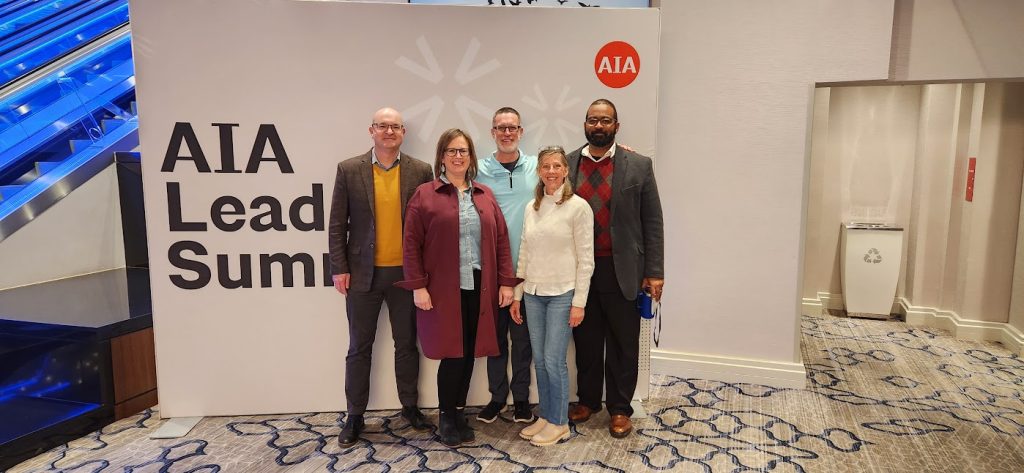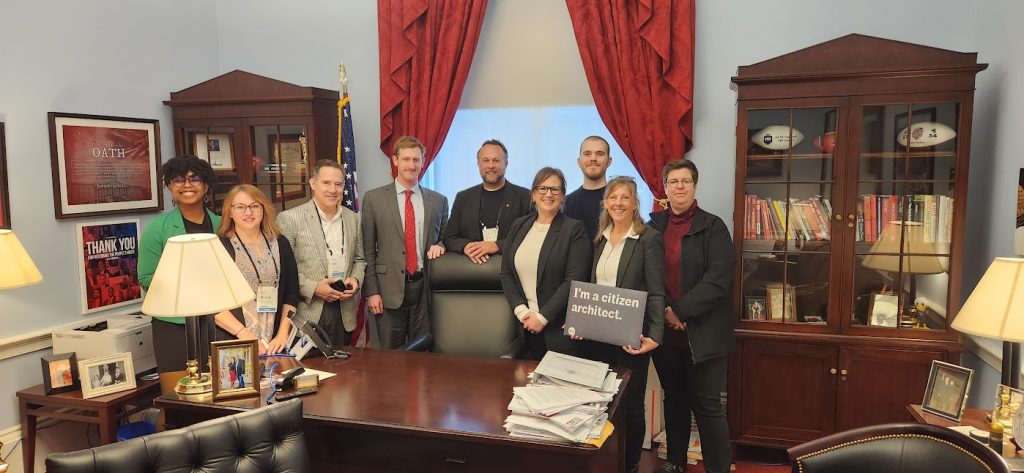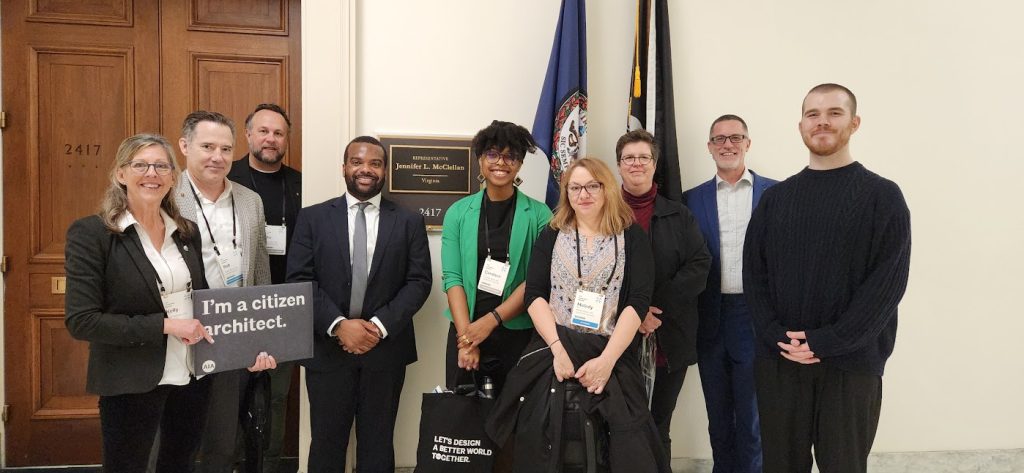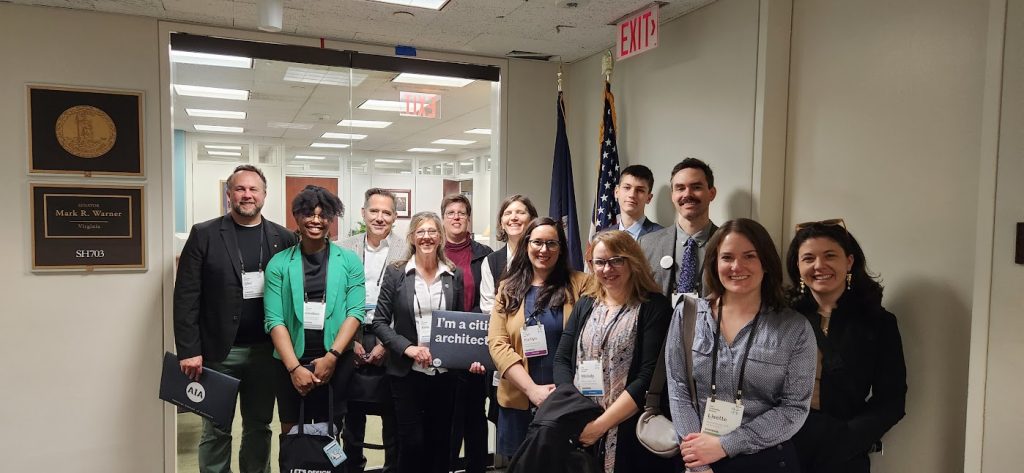As we survey the economic landscape in the summer of 2011, there is unfortunately nothing but bad news. As one business associate told me recently, “I can see the light at the end of the tunnel, but it keeps coming from further and further away.” The chance of a double-dip recession increases with every passing hour.
What’s even more depressing is that no action to either stimulate economic activity (though increased government spending) or encourage it (through tax cuts or credits) seems remotely possible from Congress or the Administration. As the struggle in Washington, D.C. over the debt ceiling and other issues continues to roil both sides of the political aisle, it’s clear that policy-makers are squandering the valuable time we need to fix the primary issue facing one of the biggest job-creating sectors of the economy – the design and construction industry.
That issue is the chronic credit crunch.
The design and construction industry currently accounts for $1 in $9 of U.S. Gross Domestic Product, according to the U.S. Census Bureau. Each $1 million in new construction spending supports 28.5 full-time, year-round-equivalent jobs, according to a study by George Mason University economist Stephen J. Fuller. Yet, despite record low interest rates, a financing crunch still persists in our sector.
The American Institute of Architects asked members about this continuing problem for the first time in a survey of April business activity taken as part of the AIA’s regular Architectural Billings Index (ABI), a leading monthly economic indicator of construction activity that provides a nine to 12-month glimpse into the future of nonresidential construction spending activity.
Almost two-thirds of the firms responding to the survey – 63% to be exact – reported they had at least one stalled project on the books; the average value of these stalled projects was almost $50 million per firm. To make matters worse, the ABI report for May business activity shows a continued deterioration in business conditions. The AIA’s May ABI score announced June 22 was 47.2, a decrease from a reading of 47.6 the previous month. (Any score above 50 indicates an increase in billings.) One factor cited is the chronic lack of financing.
There are solutions already introduced on Capitol Hill that will help solve this problem. One is the Capital Access for Main Street (CAMS) Act, introduced by Rep. Ed Perlmutter (D-CO), which would temporarily allow small community banks with under $10 billion in assets to spread out or amortize a portion of their commercial real estate loans over a seven-year period. These banks, which provide many of the loans to our small businesses, would then have more liquid capital available to make responsible loans.
But with both political parties at loggerheads, bills like Rep. Perlmutter’s face an uphill battle. So with time of the essence, the AIA is seizing the initiative by committing to making available to potential investors in coming months a database of stalled building projects nationwide that make economic sense but which lack the financing to be completed. This unprecedented commitment by the AIA was announced in Chicago at CGI America, the first conference of the Clinton Global Initiative solely dedicated to economic issues impacting the United States.
In order to build and analyze the database of stalled projects, the AIA will establish a new survey that will begin to identify and analyze stalled projects from around the country that could be moved forward on almost any front but for the lack of financing. The commitment by the AIA involves soliciting information about stalled projects around the country from its members and allied professionals.
The AIA will analyze and categorize the identified projects by various factors, including building type location (including those locations with a strong, skilled workforce), new construction versus retrofit, and impact on sustainability and livability goals. The AIA will then work to identify opportunities for collaboration and financing to help move projects forward.
With banks reluctant or unwilling to lend, we must take the initiative on our own. We hope to share this idea and others at the CGI America conference. Our country has always depended on independent thinking to solve its problems. We think the development of databases such as this one is one idea that will catch on.
Joe Smith is President of AIA California.





